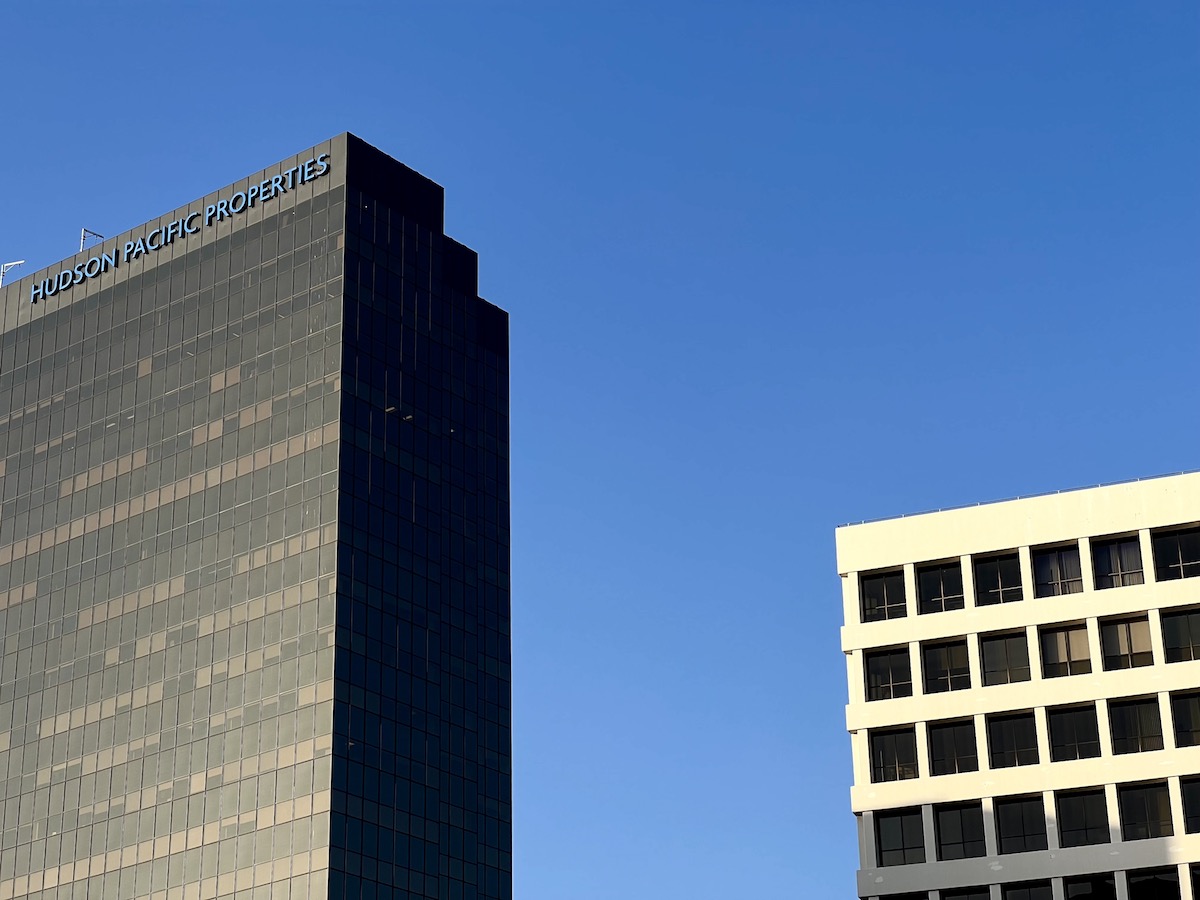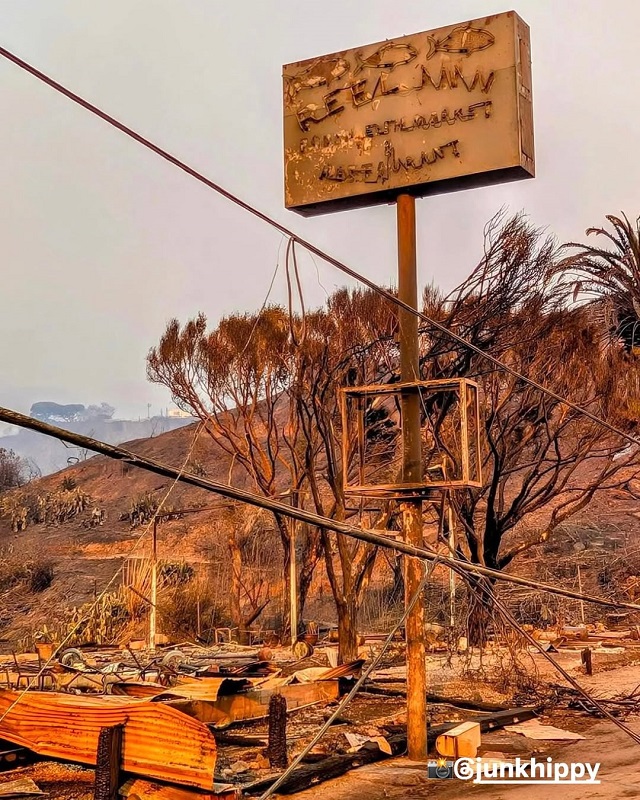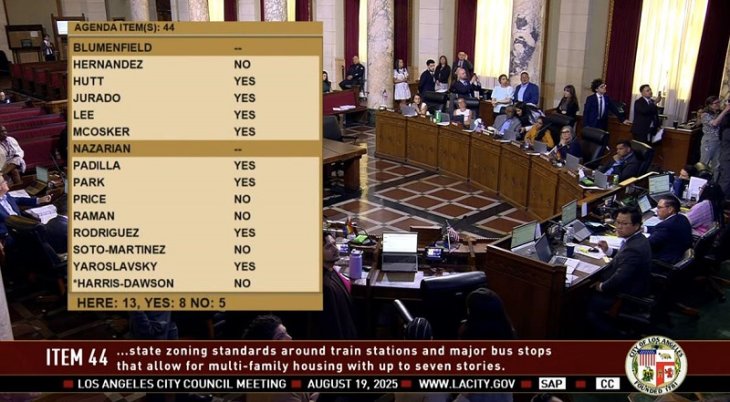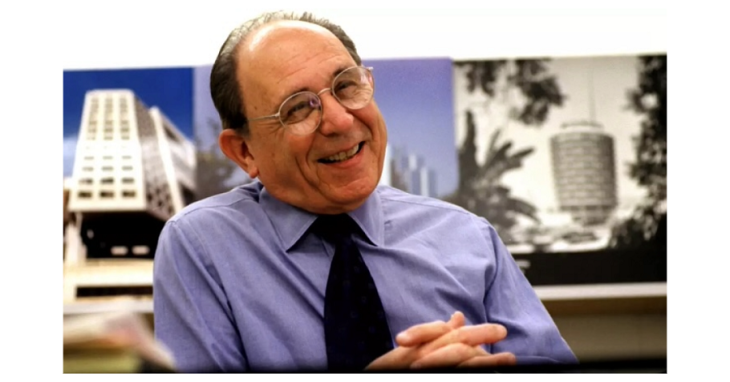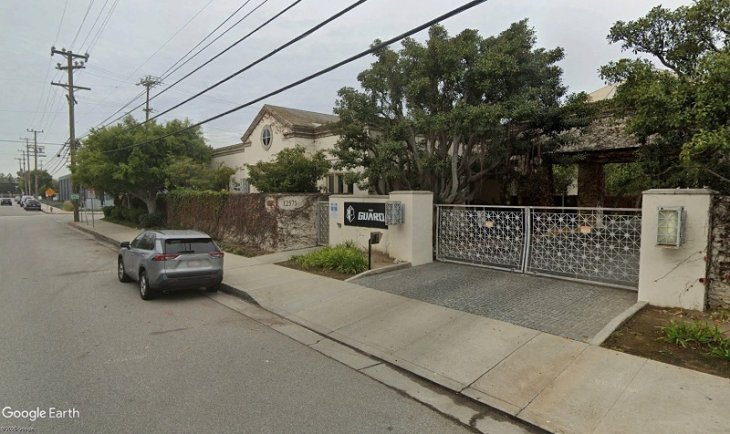By Tom Elias
It’s a phenomenon from New York to Dallas to Fresno and Los Angeles, one that seemed inevitable to some from the moment millions of Californians became the first Americans ordered to work from home as a way to fight the spread of COVID-19.
That pandemic is not yet over despite the public being fed up with it. Covid’s viral variants still dog the world as their third winter of plaguing humans begins to wane.
But millions of white collar workers who got a taste of setting their own hours and creating their own work environments still resist going back to the office more than once or twice a week. As a result, office building vacancies now cover hundreds of millions of square feet in California alone.
The empty offices made it obvious from the pandemic’s first onslaught that apartment conversions would become a major part of the solution to California’s housing shortage, if not its dominant answer.
Now that is becoming reality, the only inexplicable thing about it being the fact it has taken three full years to morph from obvious concept to major reality.
This is how real the conversions of office buildings have become:
The rentcafe.com website reports that more than 4,130 apartments and condominiums will be created through conversions of office space this year in Los Angeles alone. Another 1,000-plus new units are planned this year in Fresno, with more than 500 more coming in San Francisco, 450 in Sacramento and about 200 in Oakland. Even cities that have never gotten into this game are now active in conversions: 372 converted units are due to open in Alameda this year, 250 in San Clemente and 250 in the San Pedro section of Los Angeles, not counted in the city’s announced total.
Altogether, at least 10,000 new units will open for residential use in former office space before the end of this year.
None of these conversions will be very controversial, as they take up no new ground space, do not alter existing neighborhood views and profiles and therefore don’t provoke the environmental lawsuits that hold up so many California building projects, including a major annex to the state Capitol.
For sure, many more units will follow, especially when this year’s already-permitted crop begins drawing significant rents and purchase prices. That is a virtual certainty, as the new units vary from street-level apartments with significant exterior noise to ocean -view penthouses.
The number of units underway debunks naysayers who claimed when the idea first arose just after Gov. Gavin Newsom issued the nation’s first stay-at-home orders in early 2020 that conversions would be more difficult to get permitted and built than new construction.
That’s been untrue, especially since the state passed a law last fall making such permits virtually automatic when applied for.
Objections that office floor plans are completely different from residential ones have been quickly overcome, as necessary plumbing and electrical changes, plus moving drywall barriers around within existing indoor spaces, proved less complex than some expected.
What’s more, the conversions are already becoming fiscal godsends for beleaguered local governments whose property taxes were beginning to fall as office building vacancy rates stayed up. So long as office rental revenues dropped, so too could assessed valuations which control the amounts of property tax money coming to local schools, sewer and water districts and other local governments.
But when the converted units are sold, they become subject to Proposition 13’s 1 percent tax on the most recent purchase price of any property. While commercial property tax rates usually remain relatively stable for decades, residential taxes can rise rapidly when units change hands.
At the same time, the conversions are starting to rescue real estate investment trusts, whose office rental income was dwindling, as were the dividends they pay investors. That’s all happening as onetime office space finds new, productive use.
The bottom line: Office conversions, first recommended by this column in April 2020, are now the wave of the future in California and elsewhere, and they are a boon to everyone from first-time home-buyers to renters to property owners and local governments.
Email Thomas Elias at tdelias@aol.com. His book, “The Burzynski Breakthrough, The Most Promising Cancer Treatment and the Government’s Campaign to Squelch It” is now available in a soft cover fourth edition. For more Elias columns, visit www.californiafocus.net.

